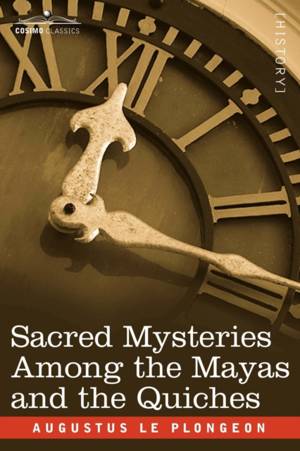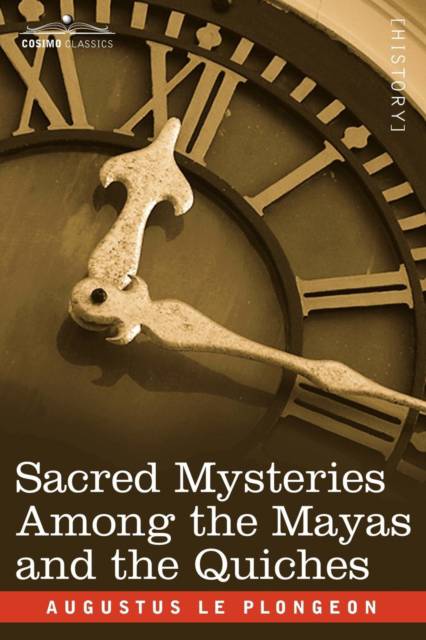
Je cadeautjes zeker op tijd in huis hebben voor de feestdagen? Kom langs in onze winkels en vind het perfecte geschenk!
- Afhalen na 1 uur in een winkel met voorraad
- Gratis thuislevering in België vanaf € 30
- Ruim aanbod met 7 miljoen producten
Je cadeautjes zeker op tijd in huis hebben voor de feestdagen? Kom langs in onze winkels en vind het perfecte geschenk!
- Afhalen na 1 uur in een winkel met voorraad
- Gratis thuislevering in België vanaf € 30
- Ruim aanbod met 7 miljoen producten
Zoeken
€ 23,45
+ 46 punten
Omschrijving
Despite its proximity, Central America is as distant to some North Americans as Asia, and its people and traditions just as exotic. Basing his study on archaeological evidence including buildings, art, and artifacts, Augustus le Plongeon, in 1866, provided a comprehensive account of ancient Mayan civilization, the foundation for modern Central American culture. Delivered with poetry and logic, le Plongeon's comparison of the mythology and spiritual belief systems of this 11,000-year-old society and those of others (from the ancient Egyptians to Christians) illustrates just how human many sacred mysteries are, and just how closely bonded people and communities are-no matter how far apart. British archaeologist and photographer AUGUSTUS LE PLONGEON (1825-1908) attended school in Paris, was shipwrecked off the coast of Chile, and ran his own photography studio in San Francisco before settling in the Yucatan. He wrote many scholarly manuscripts, notes, and letters and kept numerous photographs documenting his decades living in Central America.
Specificaties
Betrokkenen
- Auteur(s):
- Uitgeverij:
Inhoud
- Aantal bladzijden:
- 184
- Taal:
- Engels
Eigenschappen
- Productcode (EAN):
- 9781602062436
- Verschijningsdatum:
- 1/04/2007
- Uitvoering:
- Paperback
- Formaat:
- Trade paperback (VS)
- Afmetingen:
- 152 mm x 229 mm
- Gewicht:
- 276 g

Alleen bij Standaard Boekhandel
+ 46 punten op je klantenkaart van Standaard Boekhandel
Beoordelingen
We publiceren alleen reviews die voldoen aan de voorwaarden voor reviews. Bekijk onze voorwaarden voor reviews.









